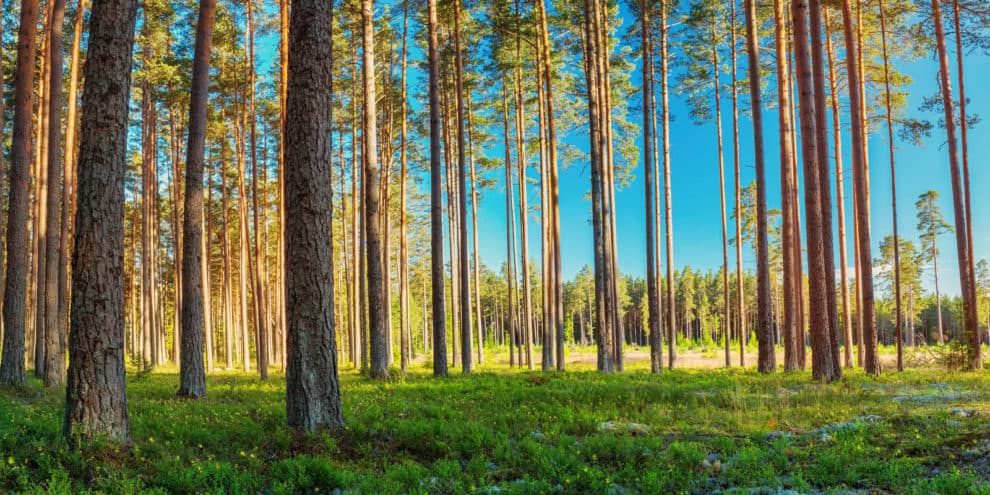In a February 2020 post related to timberlands and the coronavirus, I noted, in reference to U.S. Treasuries, that “a low risk-free rate expresses market pessimism and concern rather than economic health, stability and the potential for rapid growth.” Then, on March 3rd, the Federal Open Market Committee (FOMC), the branch of the Federal Reserve that oversees the money supply and interest rates (monetary policy), decided to reduce its target range for the federal funds rate by ½ percentage point (50 basis points).
To me, the FOMC press release, which opened with “the fundamentals of the U.S. economy remain strong,” read like the “feedback sandwich” in a poorly conducted performance review. “Hey Percy, let me start by saying you showed up to camp in great shape. But we’re sending you back to the minors. Keep up the good work!”
Markets responded similarly. The S&P 500 ended the day 3% lower and U.S. 30-Year Treasury yields closed at 1.64%, down 29.6% since the start of 2020. The rate change signaled worry about recessions. And it generated questions from timberland investors.
Timberland Discount Rates
“Should we lower or increase our discount rate when valuing these assets?” asked the timberland investor, testing impacts from the coronavirus on trade, U.S. economic growth and asset values.
Discount rates basically represent the sum of a benchmark “risk-free” rate and a risk “premium.” The premium may be comprised of two parts: firm or asset class-specific risk (diversifiable) and market risk (affects all investments). For example, the Southern Pine Beatle is a risk specific to timber, while economic recessions affect all sectors. For timberland, 30-year U.S. Treasuries often serve as the risk-free rate.
The investor then asked, “wouldn’t I be better off using a long-term average U.S. Treasury rate, closer to 3%, to reflect normal times or higher inflation rates for my risk-free rate?”
Generally, the answer would be “no.” U.S. Treasuries and the risk-free rate represent a baseline opportunity cost. You can put uninvested monies in existing U.S. Treasuries, not into bonds earning hypothetical, historical ten, twenty or thirty-year average yields.
What can you do? Over nearly twenty years of teaching finance classes and workshops, I always discuss with students the importance of spending the marginal minute on confirming and strengthening our understanding of potential cash flows over fine tuning the discount rate in discounted cash flow (DCF) analysis.
Tweaking and theorizing over the appropriate discount rate, like checking email, provides a false sense of productivity and control. Nailing down, to the extent possible, our expected costs and revenues creates more value and addresses directly our key assumptions.
This content may not be used or reproduced in any manner whatsoever, in part or in whole, without written permission of LANDTHINK. Use of this content without permission is a violation of federal copyright law. The articles, posts, comments, opinions and information provided by LANDTHINK are for informational and research purposes only and DOES NOT substitute or coincide with the advice of an attorney, accountant, real estate broker or any other licensed real estate professional. LANDTHINK strongly advises visitors and readers to seek their own professional guidance and advice related to buying, investing in or selling real estate.










What I would like to see? Most likely will never happen? Is: When their done logging, remove stumps, pile brush and put stumps on top. then get a burn permit and burn it all. These loggers and land owners leave the biggest mess ever seen on “The most part” not all do. Then re plant. If you ever seen a site that was logged 10 years previously? You’ll see a jungle of saplings coming from every stump. Not good management.
Charles, guess what? All those saplings coming up from each stump is natural reforestation in a hardwood stand. All the logging slash is actually organic fertilizer, too. Even though even-aged management isn’t typically what’s best for hardwood stands what you’re describing was very likely good forest management for that site. Not every land owner has the objective of clearing, stumping, and replanting their hardwood stands to monocultures like pine stands.